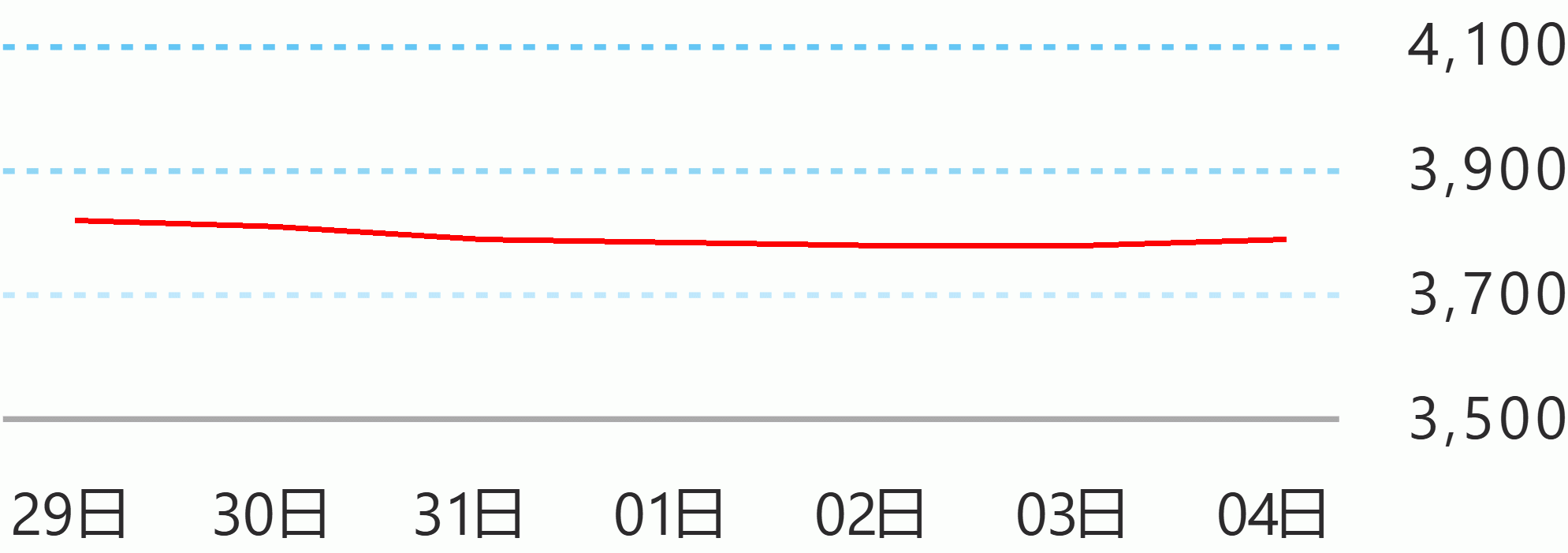Round-the clock construction of Sangley Airport in Cavite began Thursday to meet the November deadline set by President Rodrigo Duterte, the Department of Transportation ( DOTr) said Thursday.
Construction started last year, and is at 48.68 percent completion rate.
The asphalt overlay of the runway was finished in February, while the passenger terminal building is at 18 percent completion rate, the drainage at 71.6 percent, and hangars at 37 percent.
Transportation Secretary Arthur Tugade met with airline officials, who pledged their full suport on the move.
“It was a productive and mutually beneficial meeting. Airlines expressed their willingness and commitment to support the government’s thrust to utilize Sangley Airport. This is a solid demonstration of their trust and confidence in the administration of President Duterte,” Tugade said.
Airline companies will sign a pledge of commitment and support on June 24 to show cooperation with the government’s move to address aviation concerns.
Tugade was joined at the meeting by Manila International Airport Authority (MIAA) General Manager Ed Monreal, Civil Aviation Authority of the Philippines (CAAP) Director General Jim Sydiongco, Civil Aeronautics Board (CAB) Executive Director Carmelo Arcilla, Michael Tan of Philippine Airlines, Lance Gokongwei of Cebu Pacific, and Capt. Dexter Comendador of AirAsia.
Tugade will visit Sangley Airport to inspect the progress of its construction, as well as to determine the landing berth for the ferry operations.
During the meeting, airlines agreed to use Sangley Airport for general aviation, freight turboprop operations, and commercial turboprop operations as soon as the infrastructure is in place.
Additionally, general aviation users will be notified to fully relocate in a year’s time to Clark International Airport (CRK) in Pampanga and Sangley Airport to help decongest the Ninoy Aquino International Airport (NAIA). General aviation is defined as the operation of a civil aircraft other than a commercial air transport operation or aerial work operation.
Tugade said the move will free up space in the four terminals of the NAIA to allow for improvements and additions in the main gateway.
In recent years, NAIA saw a substantial increase in the number of passengers, flights, and airport slots per hour, resulting in a distressing state of congestion.
Prior to 2016, NAIA passenger traffic was at 36.5 million. By 2018, the figure has increased to 45 million, or an upsurge of 8.4 million passengers (23.08 percent).
During the same period, the number of flights also grew by over 14,000 (5.75 percent), and airport slots per hour have increased from 36 to 44 (22.22 percent).
In a radio interview earlier today, Tugade pointed out that the DOTr is working on a basket of solutions to decongest the NAIA, through airport infrastructure developments in Clark and Sangley, and the construction of the New Manila International Airport in Bulacan. DMS





 English
English









